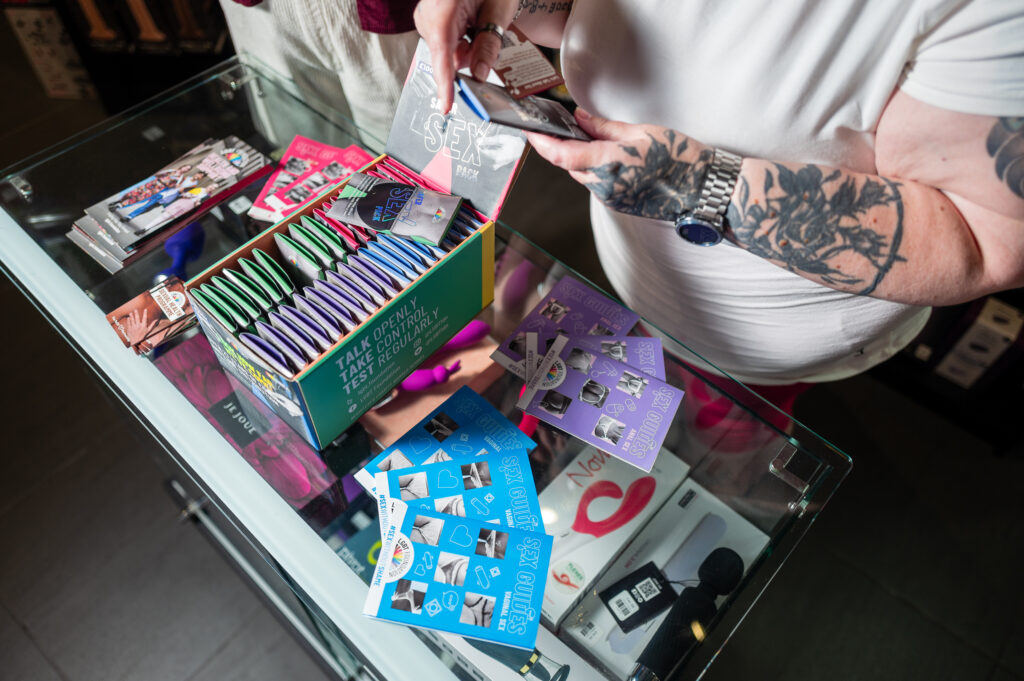
HIV has changed massively but the stigma attached remains.
Learn about prevention, testing, PEP, PrEP, and living well with HIV.
HIV has come a long way since the 80s, but social stigma persists. Treatment is effective and manageable, and regular testing is key to fighting transmission. Early diagnosis and treatment can make a person living with HIV undetectable and untransmittable (U=U). Condoms and lube, as well as game-changing medications like PrEP and PEP, are great tools to stop transmission. While HIV is still a lifelong, chronic illness with no cure, we can continue to make strides to reduce transmission and fight HIV stigma together.
What is HIV and who is at risk?

HIV is a virus that damages your immune system, leaving you open to everyday infections. Although there’s no cure, early diagnosis, and treatment can manage the condition and help people living with HIV lead long and healthy lives.
HIV is transmitted through direct and prolonged exposure to bodily fluids such as blood, semen, anal mucus, and vaginal fluid. HIV can affect anyone, but some people are more at risk, such as gay, bi, and other men who have sex with men, and Black African populations. New HIV diagnoses are declining in some areas, but increasing in others, so regular testing is important.
Preventing HIV and living well with HIV
Condoms are the most effective way to prevent HIV, but medications PEP and PrEP also significantly reduce transmission risk. Most people don’t have symptoms when they become infected with HIV, so getting tested regularly is essential for early detection and treatment.
If you are living with HIV and on effective treatment, levels of HIV in the blood can be brought down to undetectable levels, people living with HIV and undetectable can’t pass HIV on to sexual partners this is known as U=U.


PEP and PrEP: How to Get Them?
Post- Exposure Prophylaxis (PEP) is an emergency medication that must be started within 72 hours of a possible HIV exposure, it’s available from Sexual Health Clinics, or A&E departments if they are closed.
Pre-Exposure Prophylaxis (PrEP) is available on the NHS via sexual health clinics, PrEP is a daily or on-demand pill that can greatly reduce your risk of contracting HIV during sex. With regular use, it’s been shown to be up to 99% effective. No more worrying about the risk of HIV transmission – PrEP can give you peace of mind and help you enjoy your sex life to the fullest.







